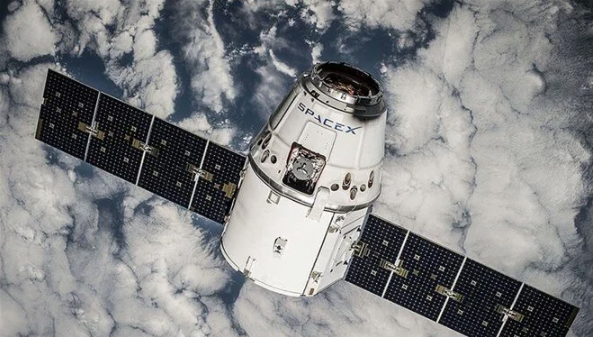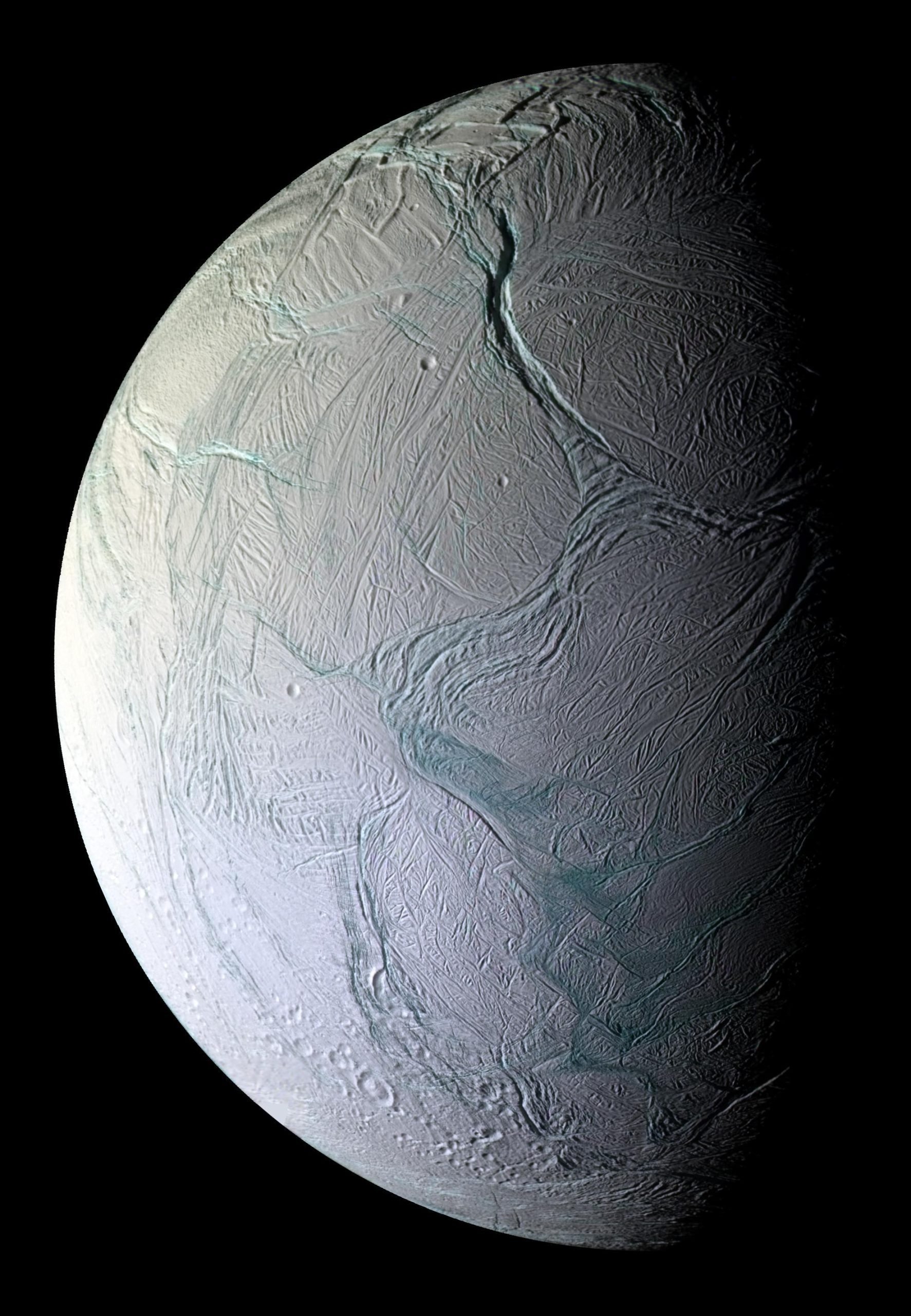In the process from the International Space Station (ISS) to Earth, space agencies and companies decide on priority and alternative landing sites. Most of the spacecraft that can land on the runway can also land in the sea or ocean. After the evaluations, the main landing target for the spacecraft is determined.
In the process of returning to Earth from the ISS, values such as wind speed, wave range and height in the ocean, the possibility of rain and lightning are important if landing in the ocean is aimed. If these are not at the appropriate level, the process of returning to Earth may take longer. Day and night visibility range must also be within a certain range.
In addition, the operational capacity of the rescue helicopter needs to be tested. Helicopter crews are on standby in case they need to reach the shore faster or in case emergency medical intervention is required. Usually 2 ships are also involved in this process, close to the targeted landing sites.
Changes are being monitored from the mission control center on whether to continue the process of leaving the ISS. If the conditions are favorable, preparations begin for the spacecraft’s departure from the ISS at the appointed time.
Astronauts prepare for their return to Earth from the ISS by reviewing procedures. Astronauts wear pressure-resistant suits throughout this journey.
Calculations are important to start the process
In the calculation and preparation of the return to Earth, the friction and aerodynamic calculations to be experienced when entering the atmosphere are important for the safe completion of the process. The engineers involved in the process design the heat shield on the spacecraft according to the necessary calculations.
The process of returning to Earth begins when the gate connecting the spacecraft to the ISS is closed and the spacecraft begins to move away from the ISS.
The spacecraft, with its engines switched off, starts to move in a different orbit from the station the moment it leaves the ISS and then starts to be pulled towards the Earth due to gravity. The spacecraft’s engine works for a while and as a result of its combustion, it descends in orbit and enters the Earth’s atmosphere.
For example, when entering the atmosphere, the Russian Soyuz spacecraft breaks into three pieces. The orbiter and the service module disappear in the denser layers of the atmosphere, while only the landing module with the astronauts returns to Earth.
The atmosphere is a natural braking mechanism
The Earth’s atmosphere acts as a natural braking mechanism for the spacecraft, slowing it down. Thanks to the thermal protection of the landing module, the heat generated by friction with the atmosphere is absorbed, significantly reducing the speed of the module. The parachute opens as the module enters the atmosphere, further reducing the capsule’s speed.
When spacecraft re-enter the Earth’s atmosphere, they move faster than the speed of sound, the temperature rises and the air density decreases. NASA’s Orion spacecraft, for example, travels 25 times faster than the speed of sound when entering the atmosphere.
The size of the spacecraft used is also important. For example, the biggest difference between Space Shuttle and Soyuz is the re-entry into the Earth’s atmosphere. While it is easier to enter the Earth’s atmosphere with the Space Shuttle, in the Soyuz capsule this can almost be described as a car accident.
Astronauts may have difficulty walking
After the landing is completed safely, rescue teams go to the area. The spacecraft capsule is taken on board, the entrance is opened and the astronauts are taken out of the capsule.
When astronauts return to Earth, they may have difficulty walking, feel sick and undergo necessary health checks. Exercise is also important for astronauts who rest after the mission.
The process of returning to Earth by spacecraft can vary between 4 and 12 hours on average.





